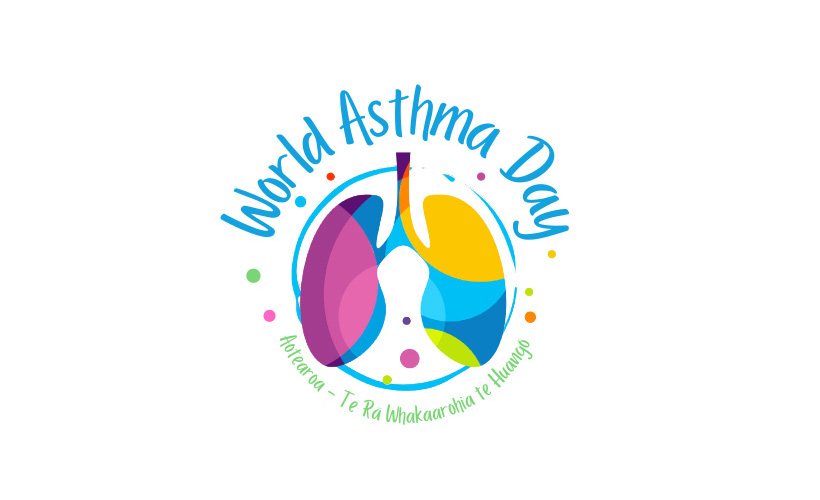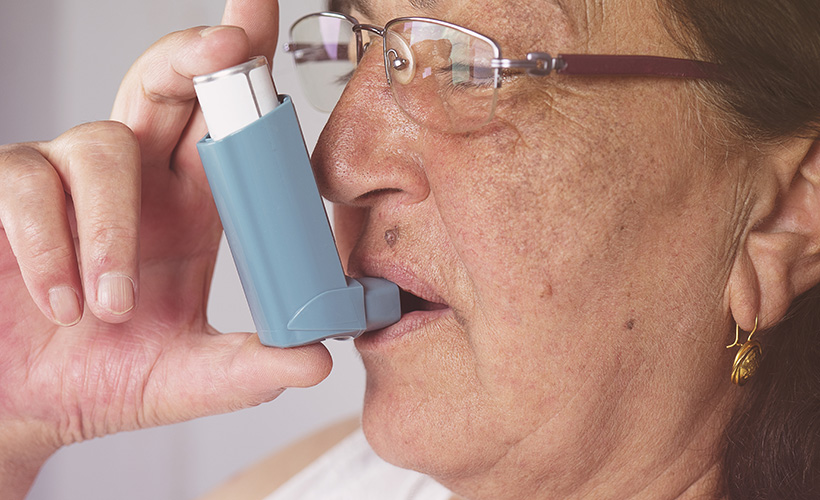What is Asthma?
One in eight New Zealand adults and one in seven children are using medicines to control asthma, however, the great majority are mild asthmatics and are well-managed on inhalers.
Poorly-controlled asthma is the most common cause of hospital admissions for children, adding to the huge financial impact of asthma which costs New Zealanders over $1 billion every year in health-related costs.
What Causes Asthma?
Asthmatics have sensitive airways in the lungs which react when they are exposed to airborne allergens such as pollens, dust mite faeces, cat hair and saliva, rodent urine and mould. Other factors such as viral lung infections (colds and flu), exposure to petrochemicals, breathing cold air, exertion or emotional upset can also cause this reaction. Inhaling these allergens triggers mucus production and causes the airways in the lungs to tighten, swell and partially close. Within 2-3 minutes of breathing in an allergen, an asthmatic will start to experience a constriction of the airways and tightening of the chest. Four to six hours later the lungs produce chemicals which cause inflammation and further breathing problems. During these asthmatic episodes it becomes hard to breathe in and even harder to breathe out. An allergic asthmatic becomes increasingly sensitised to an allergen with increasing exposure.
Prevention and Treatment
1. Avoid allergens
For smokers, stopping smoking is the single best thing you can do for your health. For sufferers of allergy-based asthma, reducing exposure to allergens, both airborne and food-related, may help. Have a good hard look at your home and work environment and remove obvious allergens such as pets, carpets and soft furnishing which can harbour dust mites. Polished floors are preferable to carpets, especially in the bedrooms of asthmatics. Other possible options are encasing your mattress in allergen-proof covers, and making sure that sheets and blankets are washed every week in hot water. Some asthmatics find their condition improved through the installation of a HEPA (high efficiency particulate arresting) air filter in their home.
2. Overhaul your diet
Occassionally asthma is due to food allergy. Studies show the foods most likely to cause immediate asthmatic reactions in sensitive people include eggs, fish, shellfish, nuts and peanuts. Milk, chocolate, wheat, citrus and food colourings can sometimes cause delayed allergy reactions in asthmatics. Asthmatics who are allergic to such foods but continue to eat them may develop leaky gut syndrome in which there is increased permeability of the gut lining, allowing large molecules that are not usually absorbed, to find their way directly into the bloodstream. This further stresses the immune system and increases the likelihood of developing new allergies. Detecting and eliminating food intolerance is vital for long-term management of asthma.
3. Pharmaceutical management
This is the important part in treating and preventing asthma. Asthma medications fall into two main categories: preventers and relievers. Most commonly they are given as inhalers, with the preventers being brown or orange in colour. Preventers must be taken regularly each day as they are slow-acting and can take up to three months to take effect. By reducing the inflammation in the airways they prevent the likelihood of acute asthma episodes. Sometimes, preventers in the form of pills or liquids may be used for more severe asthmatics.
A long-acting ‘symptom controller’ may also be prescribed when a ‘preventer’ alone is not adequately controlling symptoms. Also known as a long-acting reliever, it helps relax the muscles around the airways for around 12 hours. This sort of inhaler doesn’t replace a preventer – it should be used in conjunction with one.
A more convenient option is a ‘combination’ inhaler, which combines the active ingredient of a preventer inhaler along with a long-acting symptom controller. This type of medication can provide lasting relief from asthma symptoms.
4. Keep a reliever on you
Relievers are usually the blue-coloured inhalers and are either long-acting (work for 12 hours) or short-acting (work for 4 hours). By relaxing the tight bands of muscle that constrict the airways in asthma attacks, the air gets in and out easier thus “relieving” the asthma. As they do not address the inflammation in the airways, they are usually given in conjunction with preventers in all but mild asthmatics.
5. Exercise regularly
Regular aerobic activity is vital for asthmatics. Daily aerobic activity such as walking, swimming or cycling helps to improve lung capacity and blood flow and has an overall calming effect. If you have exercise-induced asthma, always use your inhaler before activity; avoid exercising in cold air; dress appropriately and warm up before exercising.
Signs that your asthma is not being well controlled include:
- The need to use a reliever medication more than 3-4 times weekly.
- Waking at night or in the early hours of the morning with asthma symptoms.
- Asthma is impacting on and restricting your daily activities.
Bronchitis
Bronchitis is often associated with asthma and causes a cough and production of mucus (phlegm) from the lungs. It also commonly occurs in colds and the flu, or when toxic chemicals or solvents are inhaled.
For more on Asthma visit asthmafoundation.org.nz

















Community